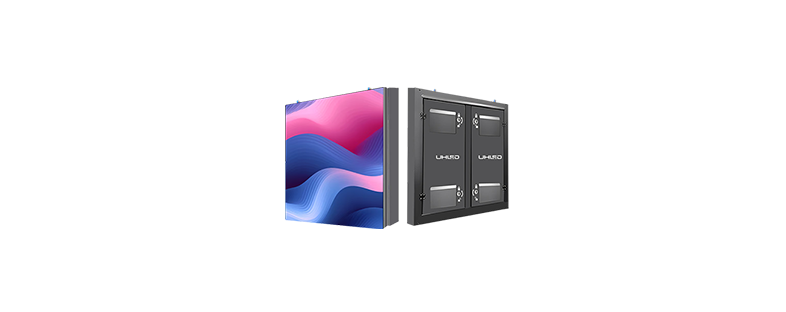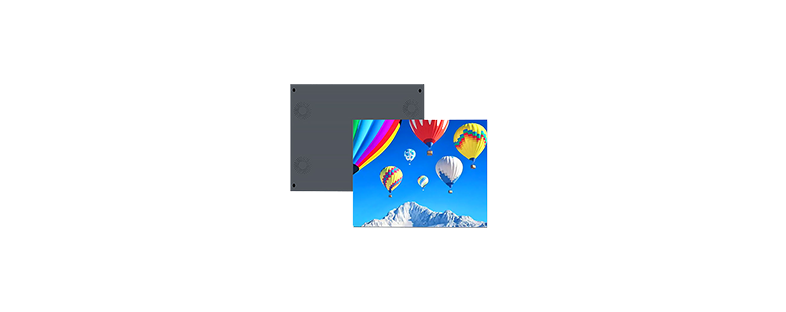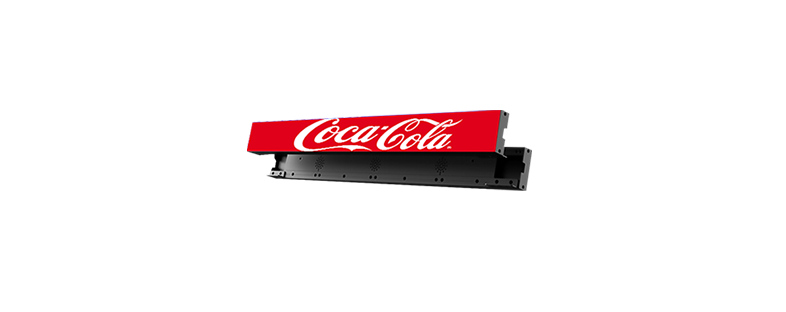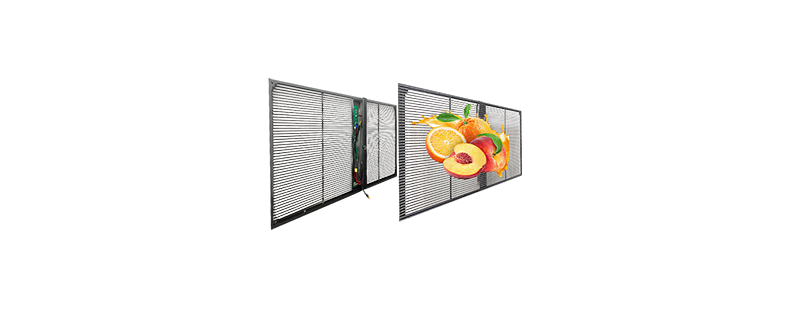-
OUTDOOR LED DISPLAY
OUTDOOR LED DISPLAY
-
INDOOR LED DISPLAY
INDOOR LED DISPLAY
-
RENTAL LED DISPLAY
RENTAL LED DISPLAY
-
SHELF LED DISPLAY
SHELF LED DISPLAY
-
POSTER LED DISPLAY
POSTER LED DISPLAY
-
CUBE LED DISPLAY
CUBE LED DISPLAY
-
FLEXIBLE LED FILM
FLEXIBLE LED FILM
- TRANSPARENT LED DISPLAY

COB Technology in LED Displays: Evolution, Applications, and Future Prospects
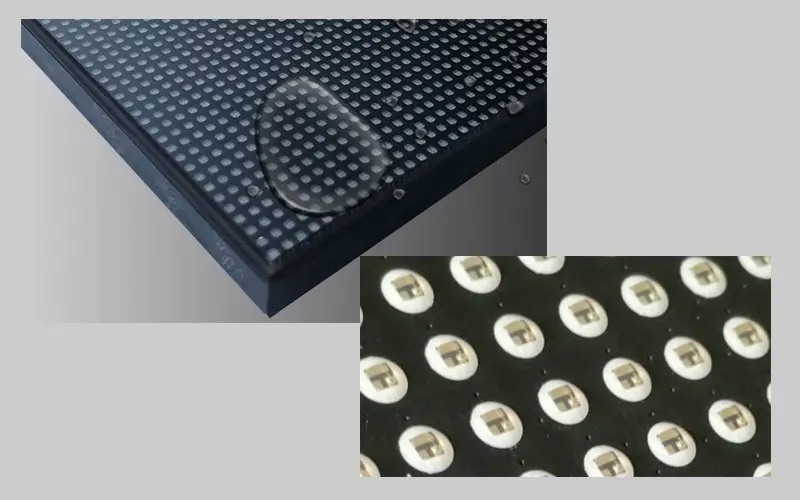
In the dynamic realm of LED display technology, Chip-on-Board (COB) has emerged as a game – changing force, revolutionizing the way we perceive and interact with visual content. This article delves deep into the development journey of COB technology, its diverse applications, and the promising future it holds in the LED display market.
1. The Genesis and Technical Evolution of COB
COB technology made its debut in 2012, marking a significant departure from traditional LED packaging methods. The core concept behind COB is the direct bonding of RGB chips onto a Printed Circuit Board (PCB), followed by encapsulation with a protective layer. This approach offers a host of advantages over its predecessors, particularly in terms of durability and pixel pitch reduction.
1.1 Precision in Pixel Pitching
One of the most remarkable feats of COB technology is its ability to achieve pixel pitches below 1.0 mm. By eliminating the need for individual lamp holders as in Surface Mounted Device (SMD) technology, COB allows for a more compact and dense pixel arrangement. This has paved the way for ultra – high – resolution displays, where every detail is rendered with astonishing clarity. For instance, in P0.4 – P1.2 displays, COB technology has become the go – to solution for applications that demand pixel – perfect visuals, such as high – end corporate presentations and immersive digital art installations.
1.2 Enhanced Durability and Protection
The encapsulation process in COB provides a robust shield for the delicate LED chips. This not only safeguards them from external mechanical impacts but also offers excellent resistance to environmental factors like dust, moisture, and temperature fluctuations. As a result, COB – based LED displays are well – equipped to withstand the rigors of both indoor and outdoor environments. In fact, with an IP54 rating as a standard in many COB products, they can be deployed in challenging settings, from bustling city streets to industrial facilities.
1.3 Heat Management: A Key Advantage
Heat dissipation is a critical aspect in LED display performance, and COB technology excels in this area. The direct contact between the chips and the PCB enables efficient heat transfer, reducing the risk of overheating and subsequent performance degradation. This is particularly crucial for large – scale displays that operate continuously for extended periods. By maintaining optimal operating temperatures, COB – based displays can ensure consistent brightness and color accuracy over their lifespan.
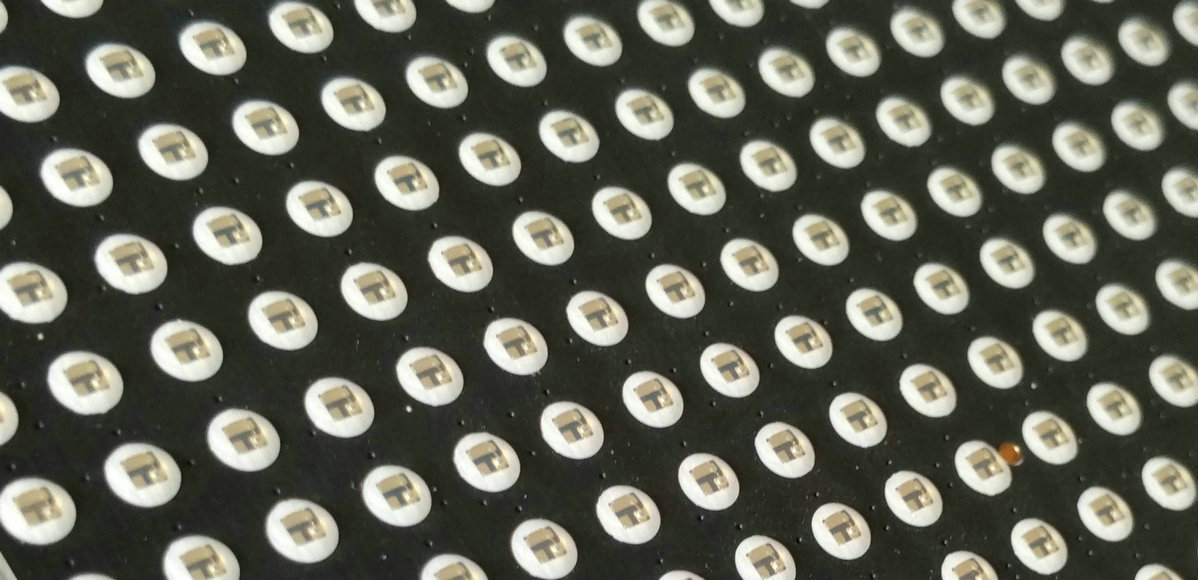
2. Applications of COB in LED Displays
The versatility of COB technology has led to its widespread adoption across a plethora of industries, each leveraging its unique features to enhance visual experiences.
2.1 Commercial and Retail Spaces
In the world of retail and advertising, COB – equipped LED displays are transforming the way brands communicate with consumers. Their high brightness and contrast ratios make them ideal for outdoor billboards, where they can capture attention even in direct sunlight. In indoor shopping malls, COB displays are used to showcase products in a more engaging manner. For example, high – end fashion stores often use COB – based digital signage to display dynamic product catalogs, with the high – resolution visuals highlighting the intricate details of their merchandise.
2.2 Entertainment and Events
The entertainment industry has wholeheartedly embraced COB technology for its ability to create immersive visual experiences. In large – scale concerts, COB – made LED screens serve as stunning backdrops, providing high – quality, seamless visuals that enhance the overall stage performance. The wide viewing angles of COB displays ensure that every audience member, regardless of their seat location, can enjoy a clear and vivid view of the action.
2.3 Corporate and Conference Settings
For corporate meetings, presentations, and conference halls, COB – based LED displays offer a professional and high – tech solution. The ability to achieve 4K and even 8K resolutions in small – pitch COB displays ensures that complex data visualizations, high – definition videos, and detailed graphics are presented with utmost precision. This not only enhances the effectiveness of communication but also leaves a lasting impression on clients and stakeholders.
2.4 Transportation and Public Spaces
In airports, train stations, and other transportation hubs, COB – integrated LED displays are used for flight and train schedule announcements, wayfinding, and advertising. Their reliability and visibility in high – traffic areas make them an essential component of modern transportation infrastructure. Additionally, in public spaces such as city squares and parks, COB – based digital kiosks and information boards provide citizens with up – to – date news, weather information, and local event details.
3. Market Growth and Adoption Trends
The market for COB – based LED displays has been witnessing a steady upward trajectory in recent years. As technology continues to mature and costs gradually decline, more and more industries are incorporating COB displays into their operations.
3.1 Rising Adoption in Emerging Economies
Emerging economies, in particular, are showing a strong appetite for COB technology. With rapid urbanization and increasing digitalization efforts, countries in Asia, Africa, and South America are investing heavily in digital signage, smart city infrastructure, and entertainment venues. COB – based LED displays are seen as a long – term investment due to their durability and superior performance, making them an attractive option for these developing markets.
3.2 Impact of Cost – Effectiveness
While COB technology initially had a reputation for being cost – prohibitive, advancements in manufacturing processes and economies of scale have significantly reduced production costs. This has made COB – based displays more accessible to a wider range of customers, from small – to – medium – sized businesses to individual consumers. As a result, the market penetration of COB displays has increased substantially, and it is expected to continue growing in the coming years.
3.3 Technological Advancements Driving Market Expansion
Ongoing research and development in COB technology are further fueling market growth. For example, the development of Micro COB technology, which focuses on even smaller chip sizes and higher pixel densities, is opening up new possibilities for applications such as virtual reality (VR) and augmented reality (AR) displays. Additionally, improvements in color accuracy, grayscale performance, and power efficiency are making COB – based LED displays more competitive in the market.
4. Future Outlook
The future of COB technology in LED displays looks incredibly promising, with several trends likely to shape its development.
4.1 Continued Miniaturization and Resolution Increase
As the demand for even higher – resolution displays grows, COB technology is expected to continue its trend of miniaturization. Manufacturers are constantly working on reducing chip sizes and increasing pixel densities, which will lead to displays with even more detailed and lifelike visuals. This will be particularly beneficial for applications such as medical imaging, where accurate and high – resolution visuals are crucial for diagnosis.
4.2 Integration with Smart Technologies
The integration of COB – based LED displays with smart technologies such as artificial intelligence (AI) and the Internet of Things (IoT) is another area of significant potential. AI – powered algorithms can be used to optimize display settings based on the ambient environment, viewer preferences, or content being displayed. IoT connectivity will enable remote monitoring and control of COB displays, making them more convenient to manage in large – scale deployments.
4.3 Expansion into New Application Areas
COB technology is also likely to expand into new application areas. For instance, in the automotive industry, COB – based displays could be used for in – car infotainment systems, providing drivers and passengers with a more immersive and visually appealing experience. In the healthcare sector, COB displays could be used in surgical theaters for real – time imaging and data display during procedures.
In conclusion, COB technology has already made a significant impact on the LED display industry, and its influence is only set to grow in the future. With continuous technological advancements, expanding applications, and increasing market adoption, COB – based LED displays are poised to become the standard in visual display solutions across various industries.



